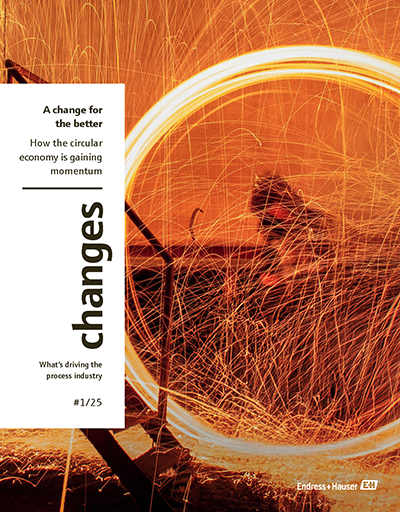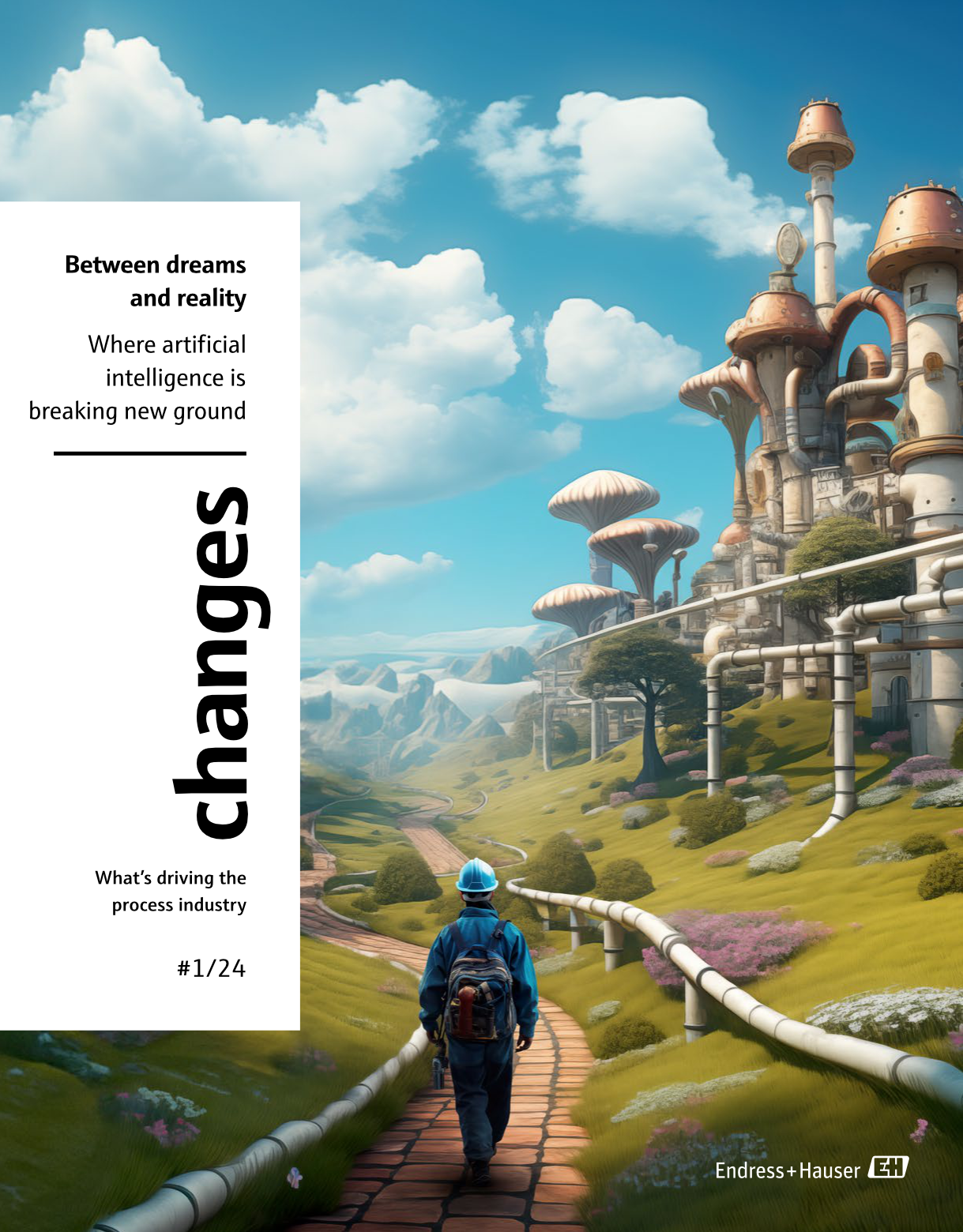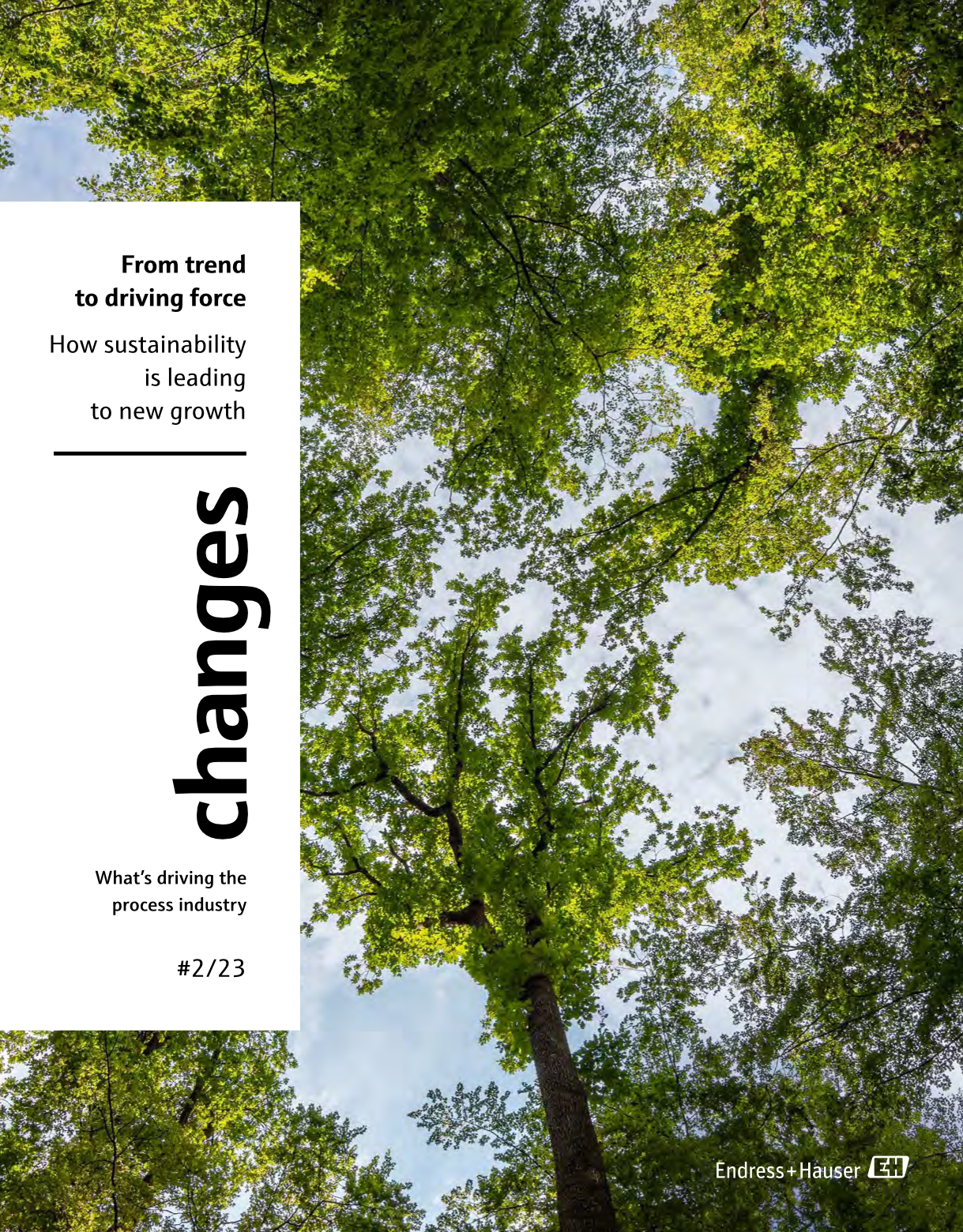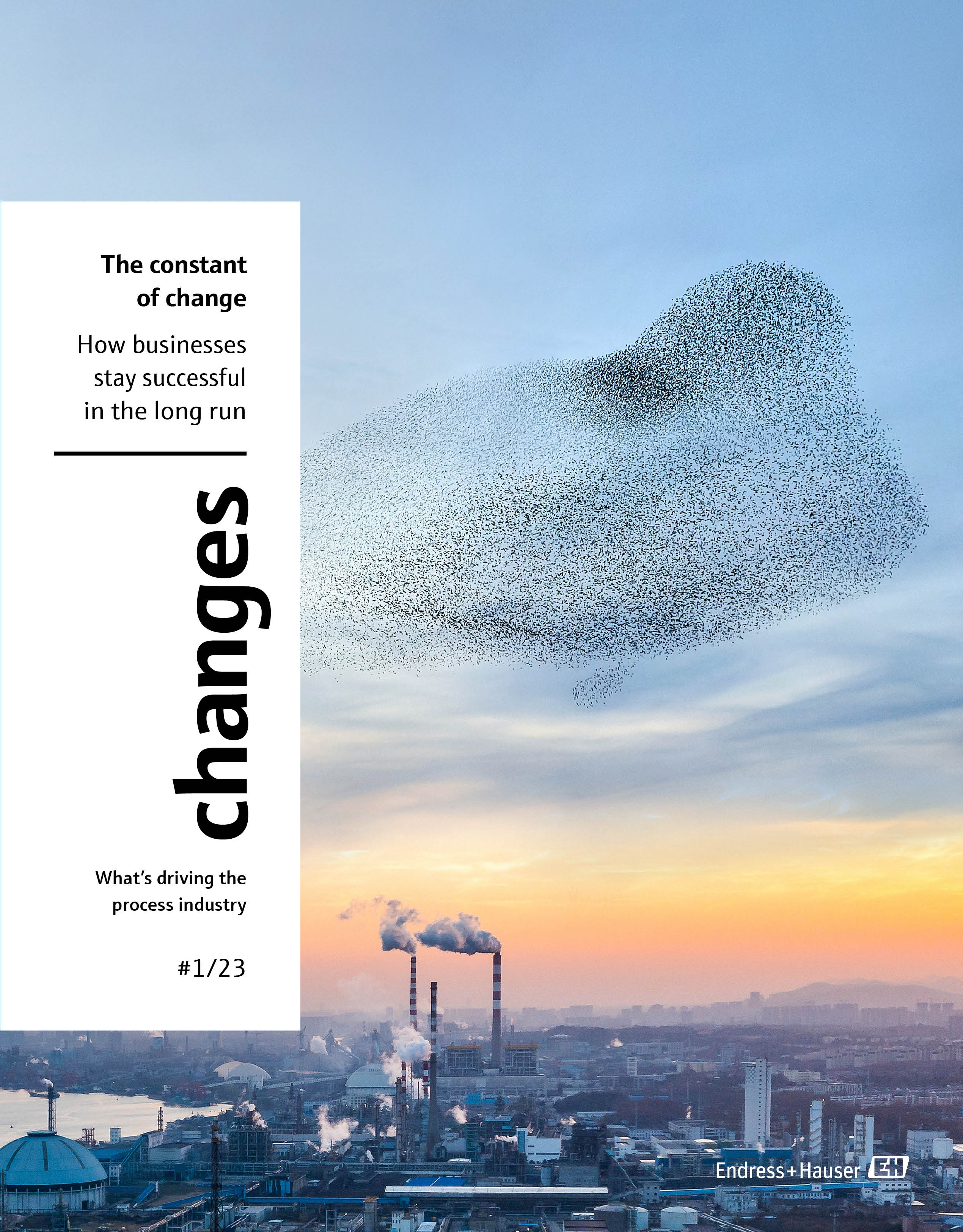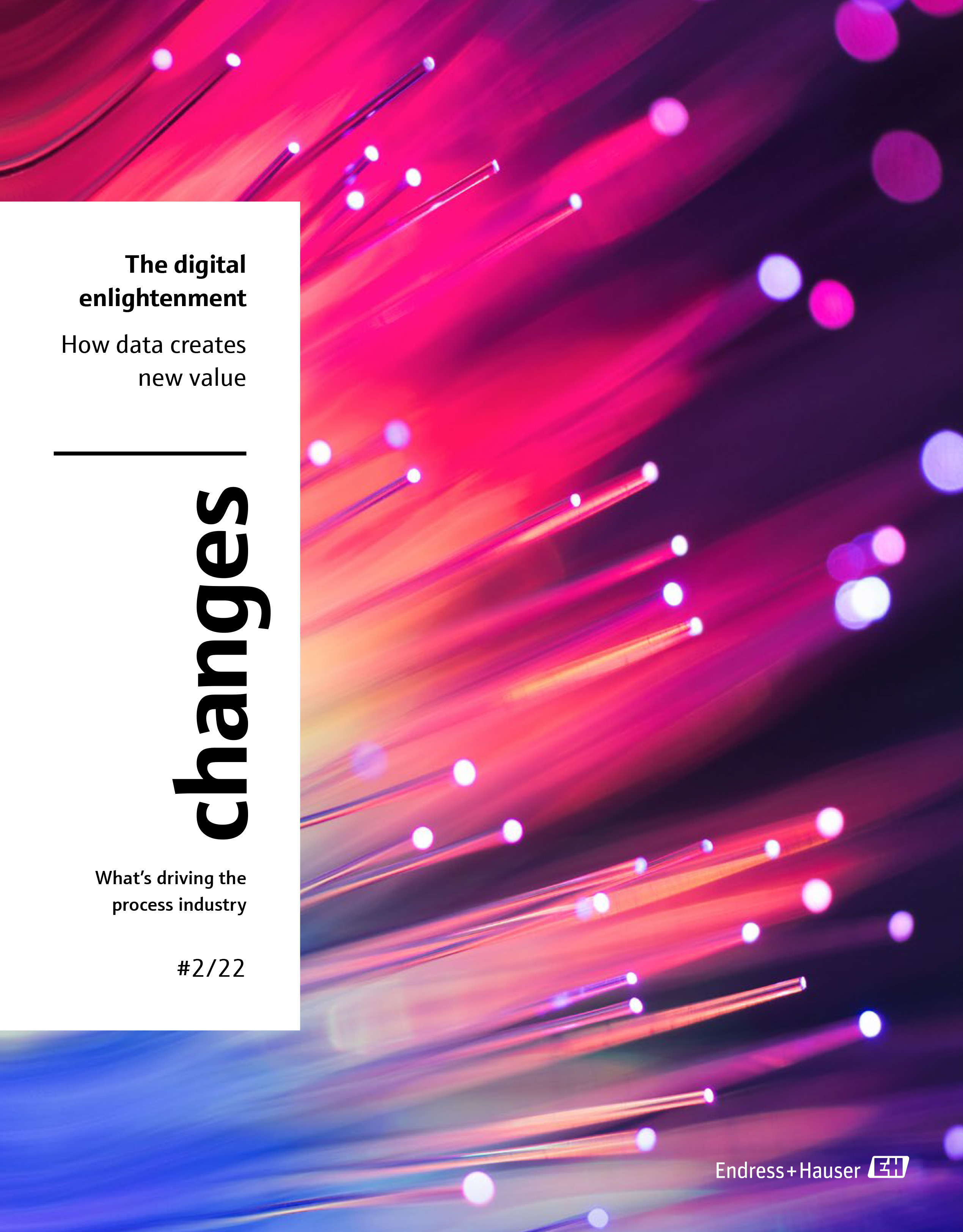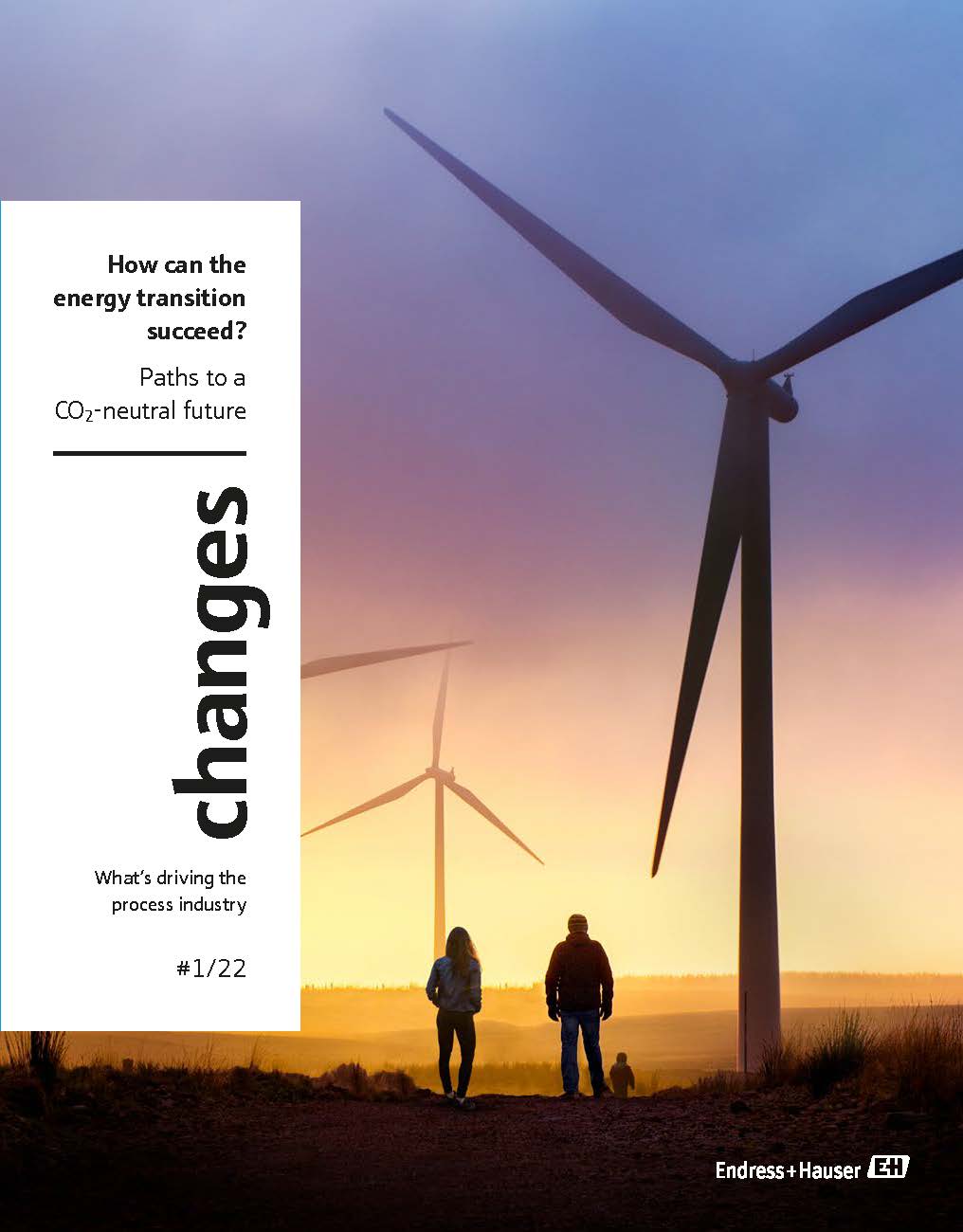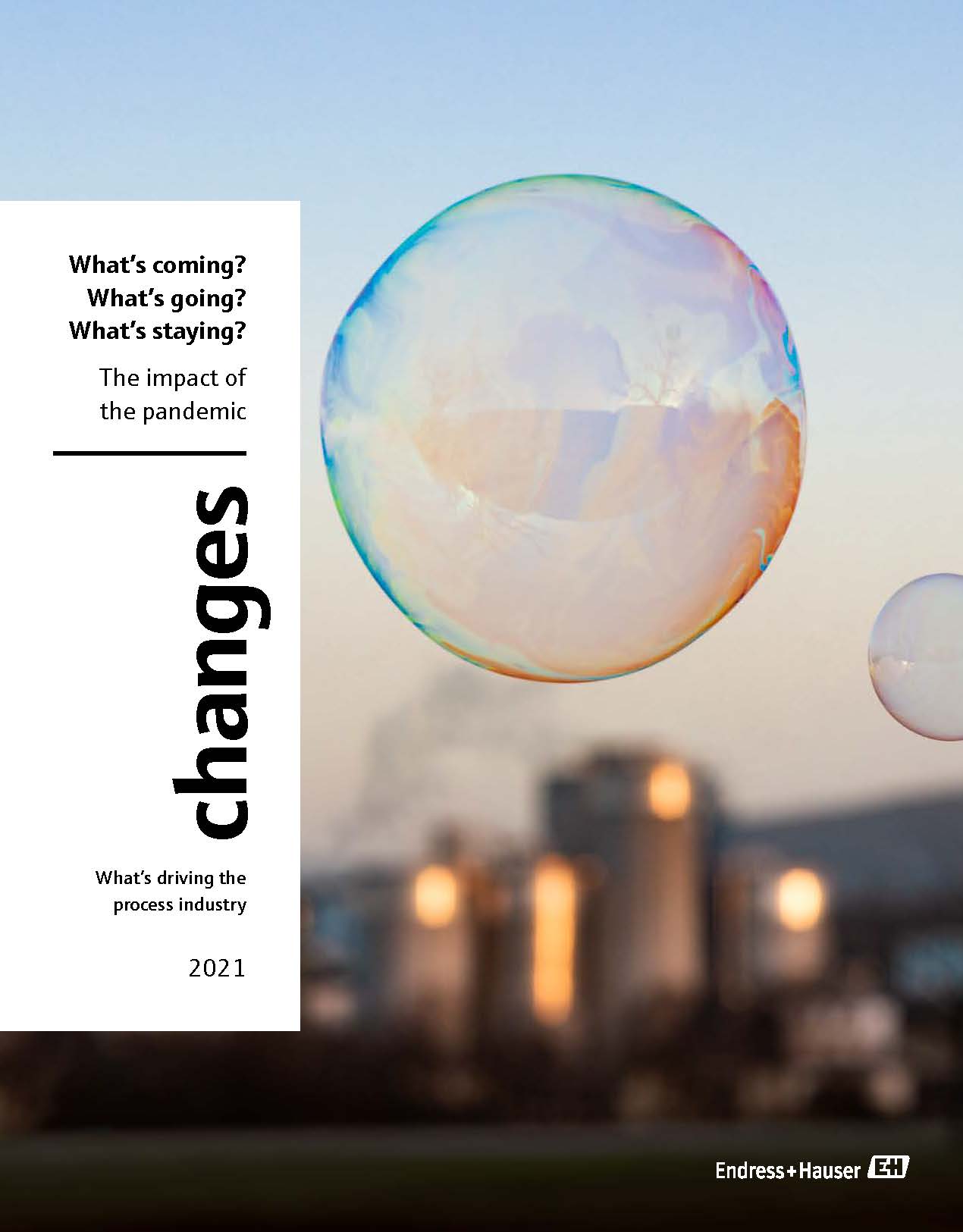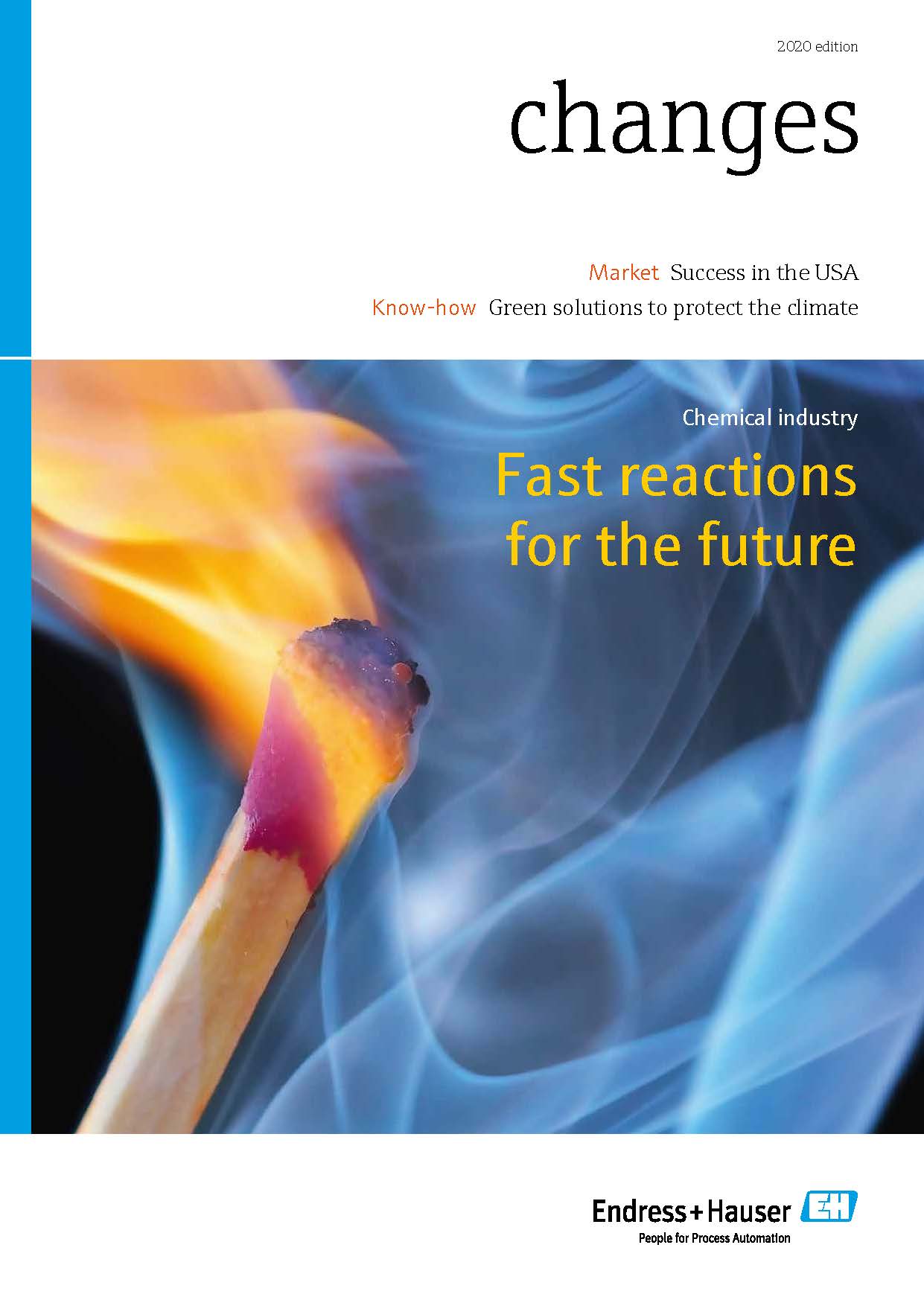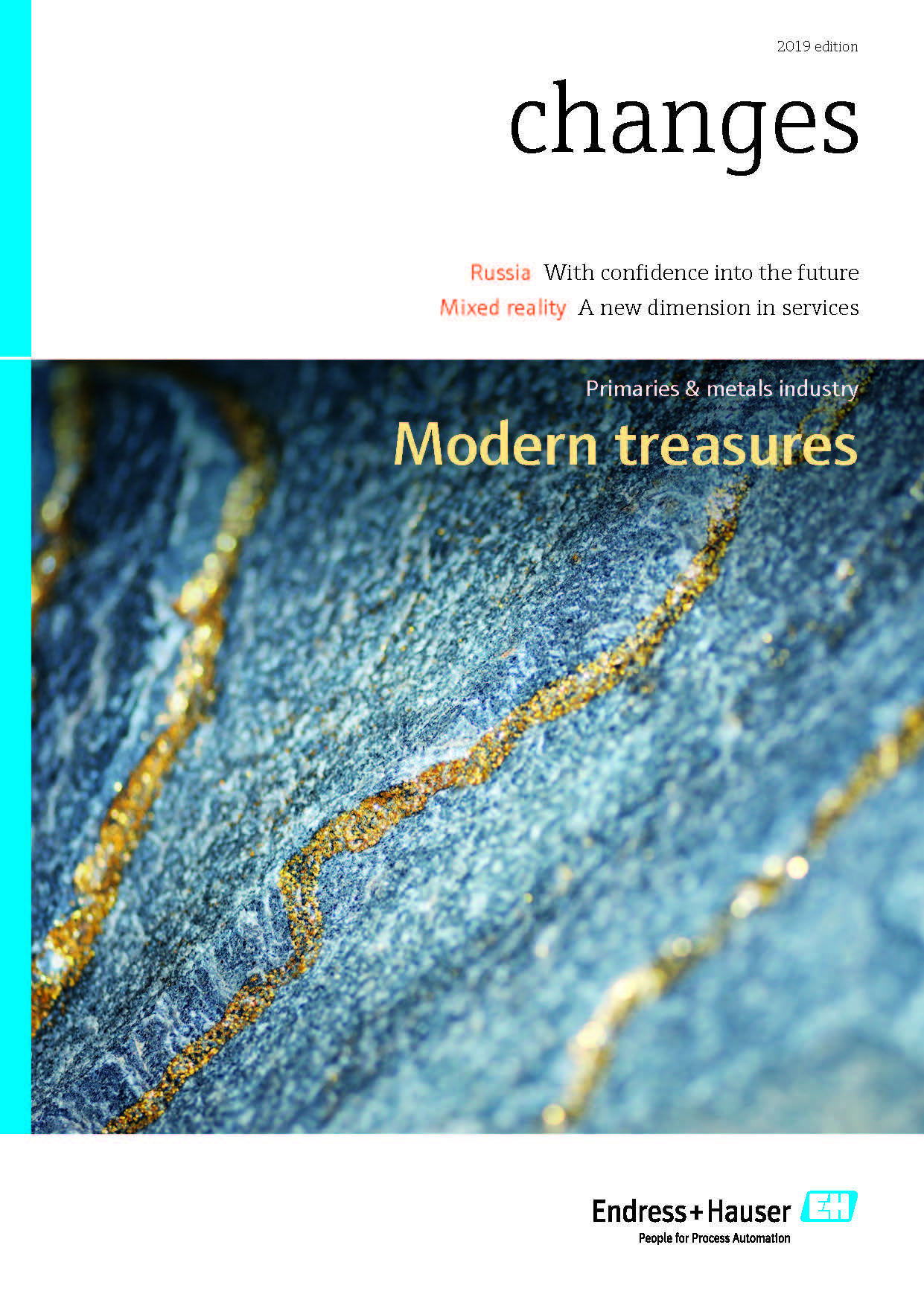A question of standards
The digital product passport is designed to support the transition to a circular economy. But how can this best be realized?
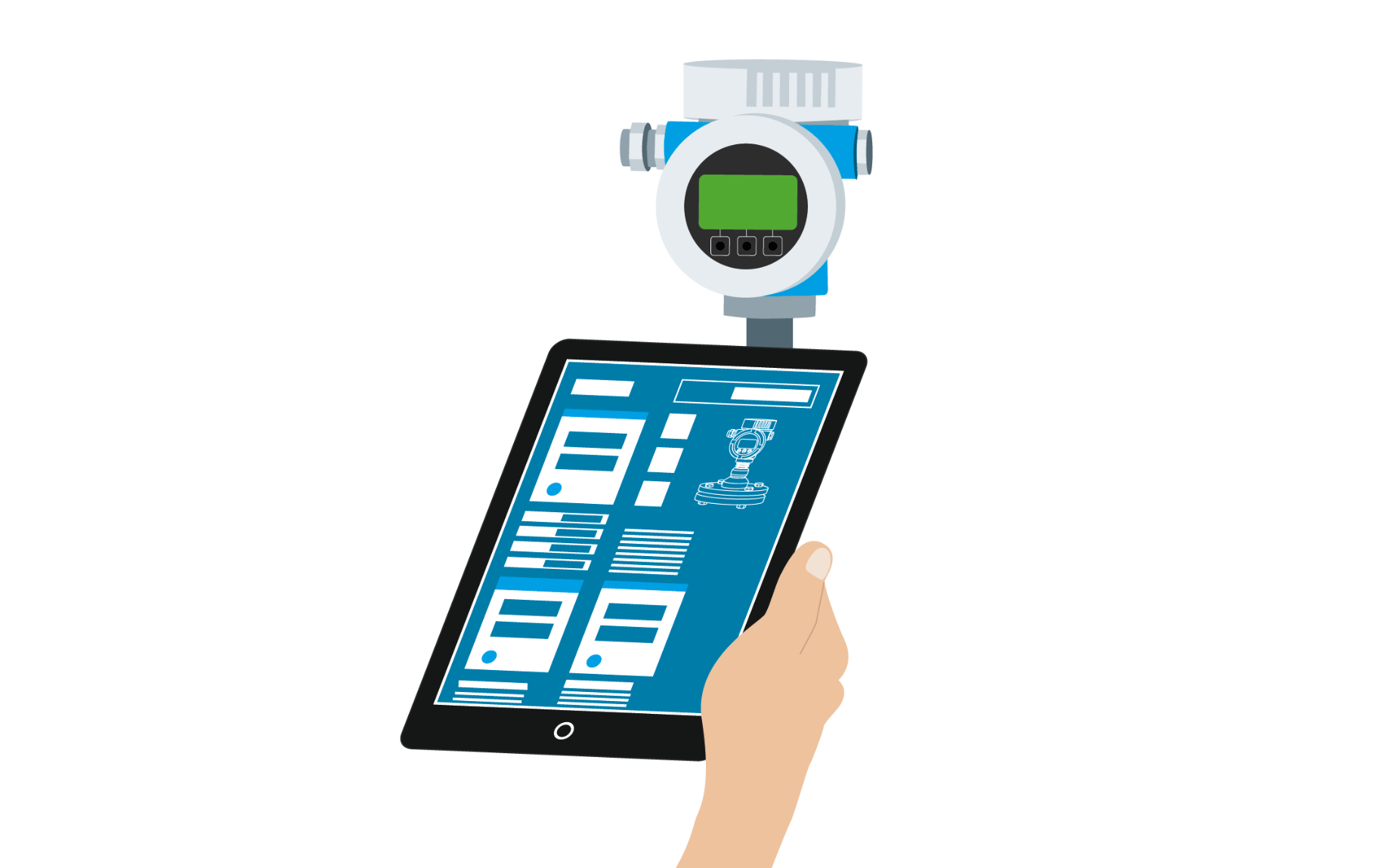
What goes into a product? What is its carbon footprint? How can it be recycled? Across Europe, the digital product passport will soon provide answers to these questions. “This is a set of data that consolidates sustainability-related information about a product through its entire life cycle,” says Franz Durmeier, head of digital integration at Endress+Hauser. The idea: Using a smartphone, simply scan the code on the product, and a technician can see the current spare parts list for the measuring instrument, while disposal companies can obtain an overview of the materials used. “This transparency aims to encourage purchasing of products that are more sustainable, putting them to longer use and improving the recovery of raw materials. The digital product passport therefore supports the circular economy,” adds Durmeier.
Endress+Hauser is among those pushing ahead with implementation of the passport, which will become mandatory from 2027 as part of the European Green Deal. “We have access to a veritable treasure trove of data,” continues Durmeier. “For over 20 years now, we have been automatically storing all information and documents relating to our instruments in a central database.” Any missing information such as power consumption is currently being added. One challenge here is data provision. The data needs to be standardized, structured and available in machine-readable form so that it can be exchanged and used across company and system boundaries. “Plant manufacturers can transfer data on instruments’ carbon footprint, while operators can transfer the documentation to their ERP system,” says the integration expert, describing two possible applications.
Everything in flux
Endress+Hauser has laid the groundwork here, too. “As part of Industry 4.0, we have long been working with a range of industry groups to ensure seamless data flow,” says Kévin Rueff, head of product management at Endress+Hauser Digital Solutions. Endress+Hauser is already implementing digital twins – digital representations of measuring instruments – based on the Asset Administration Shell. This industry standard makes it possible to collect data on an item automatically and in a structured manner from various sources, regardless of manufacturer and system – and to provide the information needed by every use case. “All of our products’ digital twins can be downloaded from the Endress+Hauser Netilion cloud. Today, they contain our instruments’ digital nameplate – and in future, perhaps their digital product passport,” adds Rueff.
Published 14.07.2025, last updated 11.08.2025.
Dive into the world of the process industry through new exciting stories every month with our «changes» newsletter!
